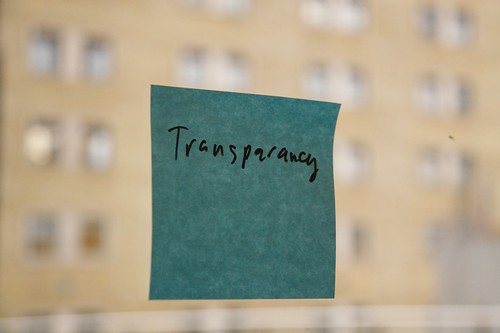While I’m sure this idea has some connections in my brain to the U.S.’s current hemorrhaging of classified information, the real drive of what I’m about to think through has to do with policy, process, and our ability to come to the table and get work done.
In preparation to be interviewed today, I was asked to take a sheet of paper, visualize in my head the current state of education and then draw it to be explained during my interview.
What I ended up drawing was a series of faces, bisected along the vertical access, appearing angry and contemptuous on the left side and happy and open on the right side. Also, only the right side of each face had an ear. From each of the mouths (right and left sides) I drew lines that made their way to other faces after getting lost in a knot of other lines from other faces in the middle of the paper. I labeled the faces: Educators, Businesses, Students, Communities, Policymakers, Academics.
It wasn’t until I sat down to draw that the problem I’ve been attempting to explain verbally to people for the last few weeks came into focus.
What if our drive for transparency and our expectation of publicly-consumable communication is hindering our ability to get actual work done.
Let’s take policymakers for a start. They, like members of all other groups, are connected to some other set of constituents – peers, voters, allies of other sorts. When they sit down a whatever table is being sat at to work through the problem-of-the-moment, contemporary thinking calls for “transparency” before they even approach said table. They are expected to make known their views on the issue at hand, the other parties, what they plan to do and what they will do for their constituencies. In many cases, during the conversations, they are tweeting and posting to Facebook and updating their constituencies as to their progress. Much of the time, this includes explaining how firmly they are holding to the preconceived notions they touted pre-table.
This transparency of process, of motive, and of intent is harmful. It leaves no room for listening. It commits to a course of action before any other courses can be considered. For these policymakers or any of the other stakeholders practicing this breed of transparency, to do anything other than what is expected would mean the loss of face and (more damaging) the loss of power.
As much as I believe in transparency (and I vigorously do), perhaps it is time to admit not all steps of all processes need be transparent. Perhaps consideration of a new curriculum or policy to be adopted would go differently if those representing the stakeholders were able to be at the table alone so that they might be able to say, “I don’t know what we’re going to do, and I don’t think some of the points you’ve been making are half bad” without worrying about being billed as sellouts to their causes.
I understand the dangers and histories connected to closed-door, back room meetings, and I’m not proposing decision-making free of accountability. Our constant need to know, though, and our constant drive to offer our praise or condemnation before the thinking is through might be impeding progress.
When my students would write in my room, I stepped back. I reasoned it might not be helpful to them or their final products if I looked over their shoulders and said, “That’s what you’re going to write?” in the middle of their sentences.
Perhaps there’s a lesson there.
Thanks to Dean for inadvertently making me think about this stuff.
Image via JayGoldman.
